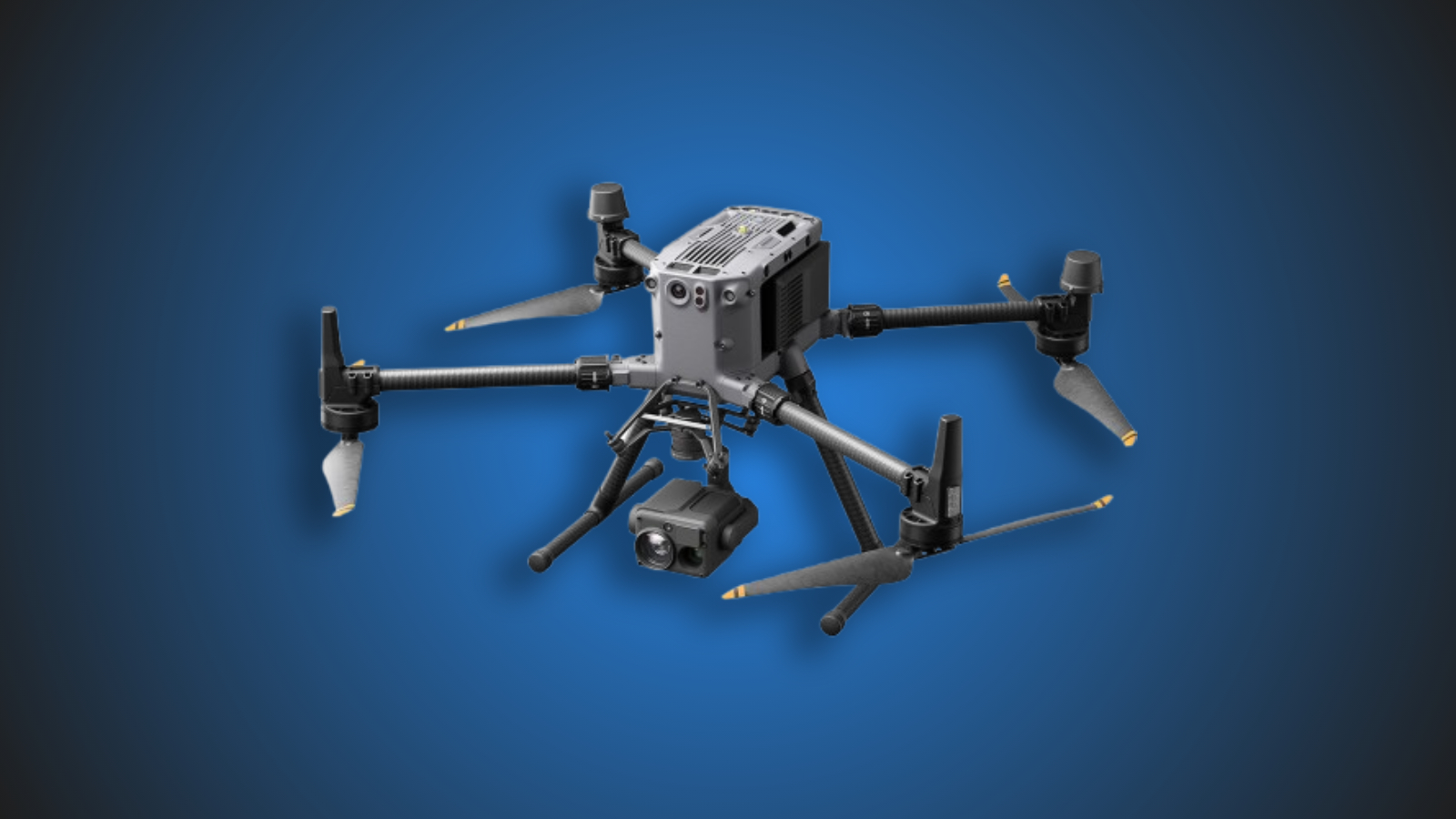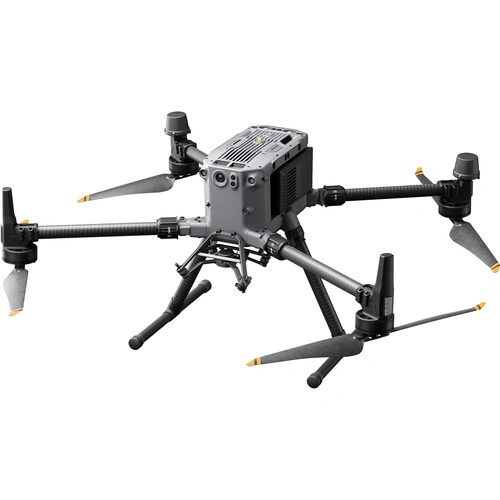
Check out our latest products
If you’ve been flying your trusty DJI Matrice 350 like a champ, you’re probably wondering whether it’s time to fork over your lunch money (and then some) for the shiny new Matrice 400. Is it a real game-changer or just an expensive flex? Let’s dig into the specs, the juicy upgrades, and whether you should keep your current bird or go full Top Gun.
DJI Matrice 400: The Next-Level Sky King
The new DJI Matrice 400 doesn’t just polish up the old design — it’s a serious evolution. We’re talking longer flight times, better obstacle avoidance, more modular payload options, and rock-solid stability even when Mother Nature throws a tantrum.
Key Features
• Extended flight time up to 55 minutes, perfect for those marathon missions
• 6-directional omnidirectional obstacle sensing — fewer crash-induced heart attacks
• Dual-battery system with hot-swap capability, so you never power down mid-job
• Improved OcuSync 4.0 transmission for up to 20km of HD video range
• Wide compatibility with third-party sensors and new DJI payloads
Pros
• Flies longer, so you cover more ground per battery
• Next-level safety with upgraded obstacle avoidance
• Future-proofed with flexible payload support
• Stronger signal, especially in complex urban environments
Cons
• Heavier, bulkier, and requires a bigger transport case
• Even pricier than the 350 (cue wallet weeping sounds)
• May be overkill if you don’t need all the extras
• More complex setup than older Matrice models
DJI Matrice 350: The Reliable Workhorse

The Matrice 350 has been the darling of industrial drone pilots for good reason. It’s rugged, proven, and a do-it-all platform that can still crush mapping, inspection, or search-and-rescue flights without breaking a sweat.
Key Features
• 40-minute max flight time — solid endurance for most jobs
• 6-directional obstacle sensing (though not as refined as the 400)
• OcuSync 3.0 transmission up to 15km
• IP55 weather rating for rain or dust
• Payload flexibility, including Zenmuse H20/H20T, L1, and P1
Pros
• Legendary reliability with real-world battle scars to prove it
• Lightweight compared to the newer 400
• Slightly easier to transport and deploy solo
• More affordable if you’re cost-conscious
Cons
• Shorter flight time means more battery swaps
• Older obstacle avoidance can struggle in tricky spaces
• Video transmission range less robust than newer models
• Fewer future-proof features for expanding your operations
Direct Spec Face-Off
| Feature | DJI Matrice 400 | DJI Matrice 350 |
| Max Flight Time | Up to 55 minutes | Up to 40 minutes |
| Obstacle Sensing | 6-directional omni, improved AI | 6-directional, older gen |
| Transmission | OcuSync 4.0, 20km range | OcuSync 3.0, 15km range |
| Payload Compatibility | New DJI + more third-party | Zenmuse & standard DJI payloads |
| Battery System | Dual hot-swappable TB65 | Dual TB65 (no hot-swap) |
| IP Rating | IP55 | IP55 |
Our Thoughts?
Here’s the real tea: if your missions involve tight schedules, complex environments, or you simply need the longest flight times with the best signal, the DJI Matrice 400 is a killer investment. It’s safer, stronger, and future-ready. But if your Matrice 350 is already doing everything you need — and you don’t crave bleeding-edge features — it’s still a phenomenal drone that’ll handle most industrial or commercial tasks with ease.
So ask yourself: do you need the very best, or do you just want it? Either way, you’ll be flying a Matrice — and that’s pretty badass.
|
When you purchase through links on our site, we may earn an affiliate commission. Here’s how it works. |

![[2025 Upgraded] Retractable Car Charger, SUPERONE 69W Car Phone Charger with Cables Fast Charging, Gifts for Men Women Car Accessories for iPhone 16 15 14 13 12, Samsung, Black](https://i1.wp.com/m.media-amazon.com/images/I/61SaegZpsSL._AC_SL1500_.jpg?w=300&resize=300,300&ssl=1)




![[True Military-Grade] Car Phone Holder【2024 Stronger Suction & Clip】 Universal Cell Phone Holder for Car Mount for Dashboard Windshield Air Vent Long Arm Cell Phone Car Mount Thick Case,Black](https://i2.wp.com/m.media-amazon.com/images/I/715PBCuJezL._AC_SL1500_.jpg?w=300&resize=300,300&ssl=1)
![[エレコム] スマホショルダー ショルダーストラップ 肩掛け ストラップホールシート付属 丸紐 8mm P-STSDH2R08](https://i3.wp.com/m.media-amazon.com/images/I/51BMFf06pxL._AC_SL1500_.jpg?w=300&resize=300,300&ssl=1)







